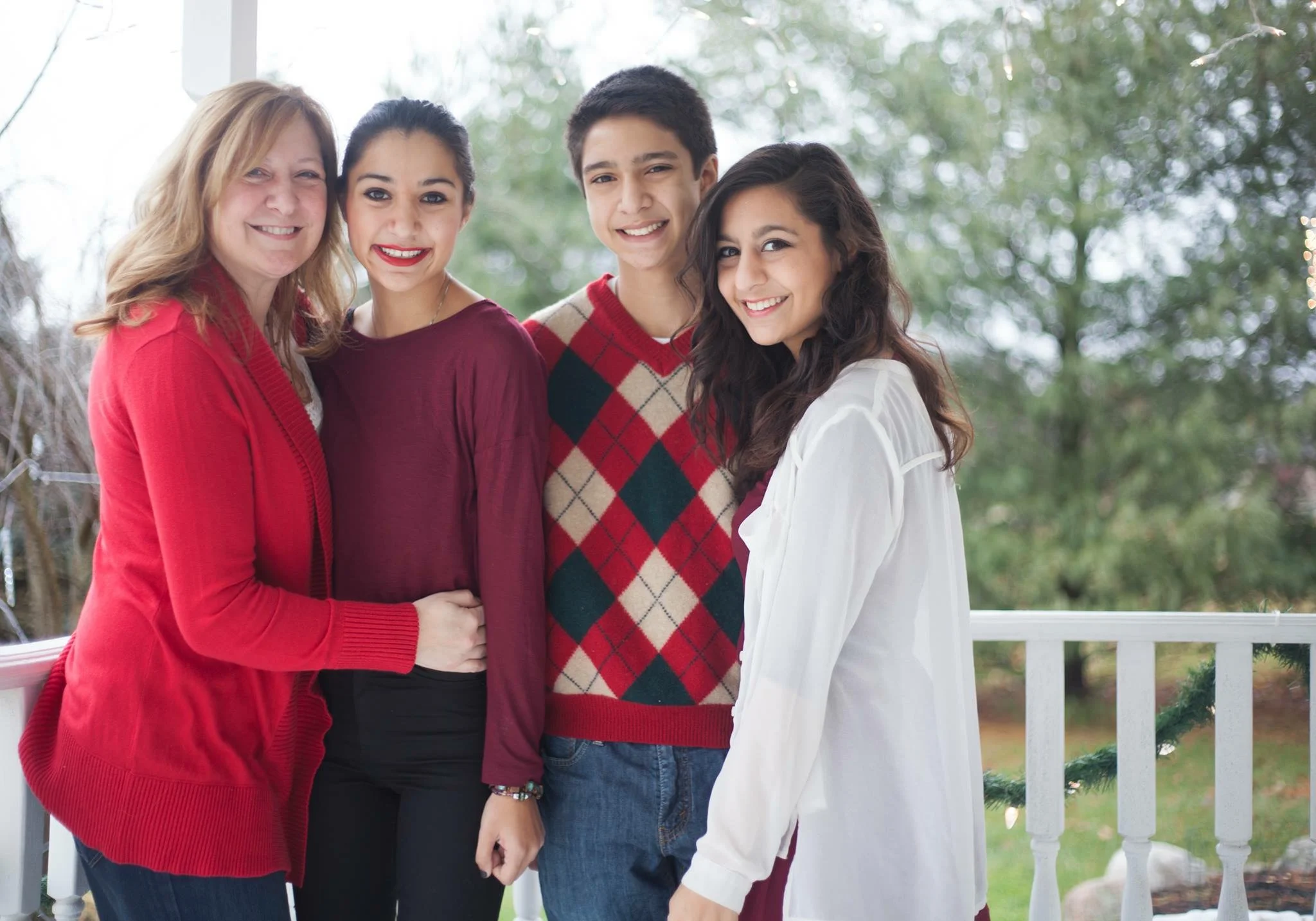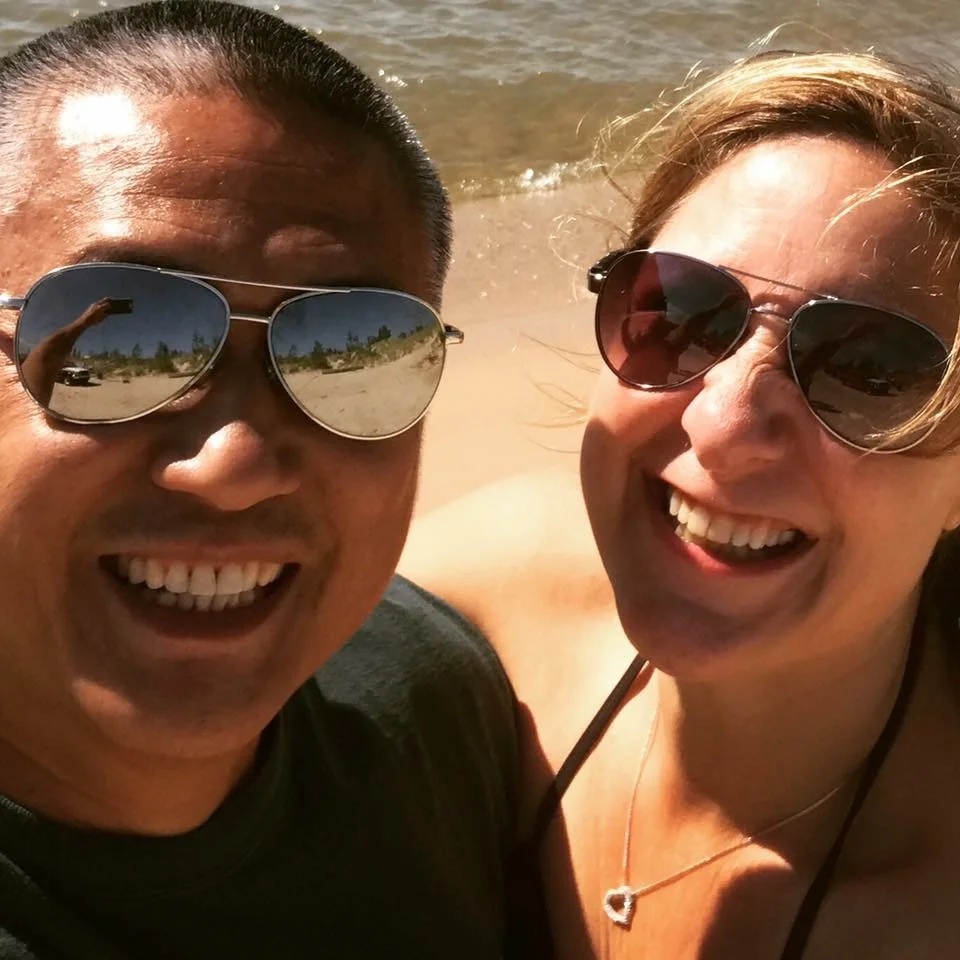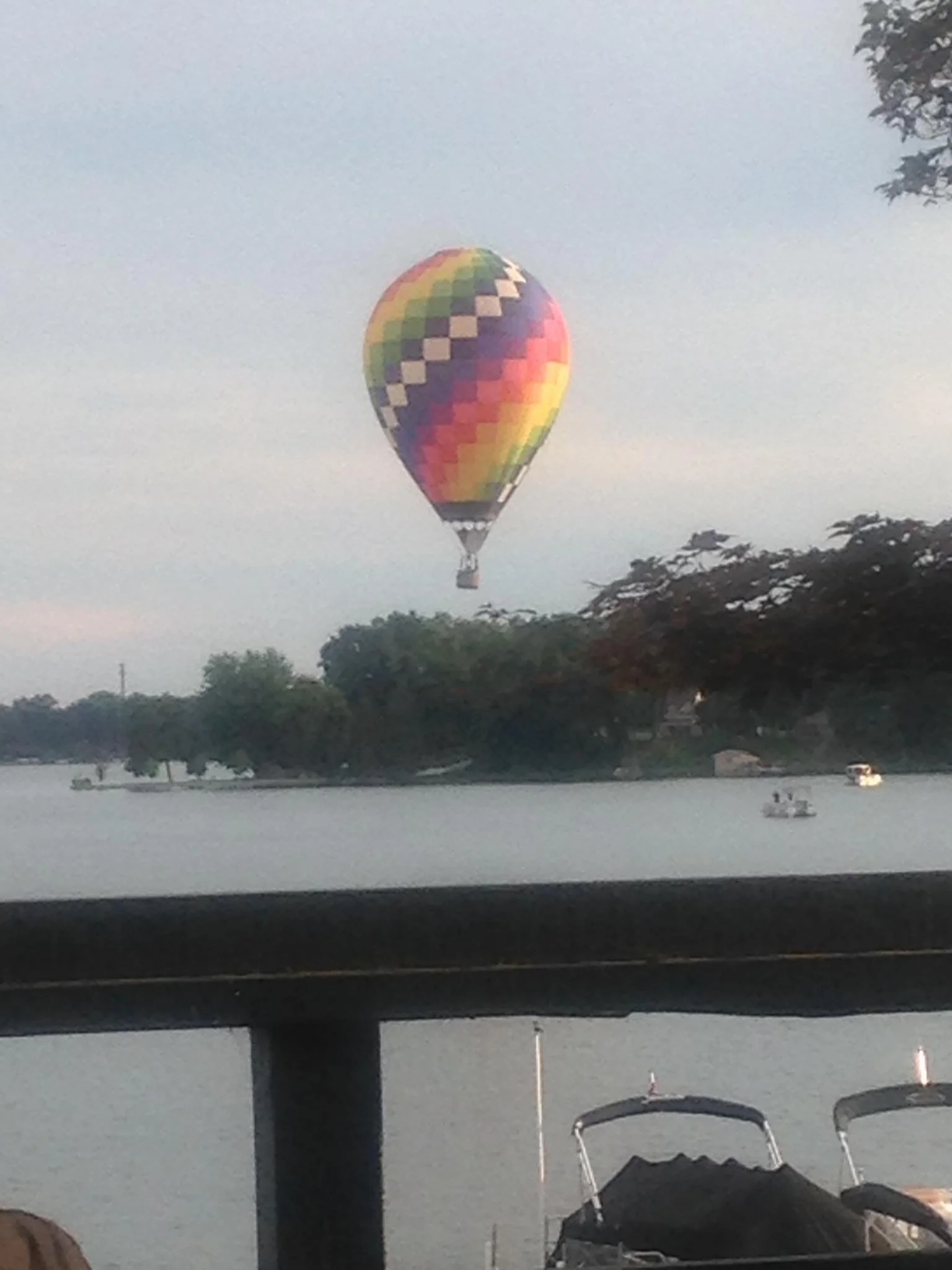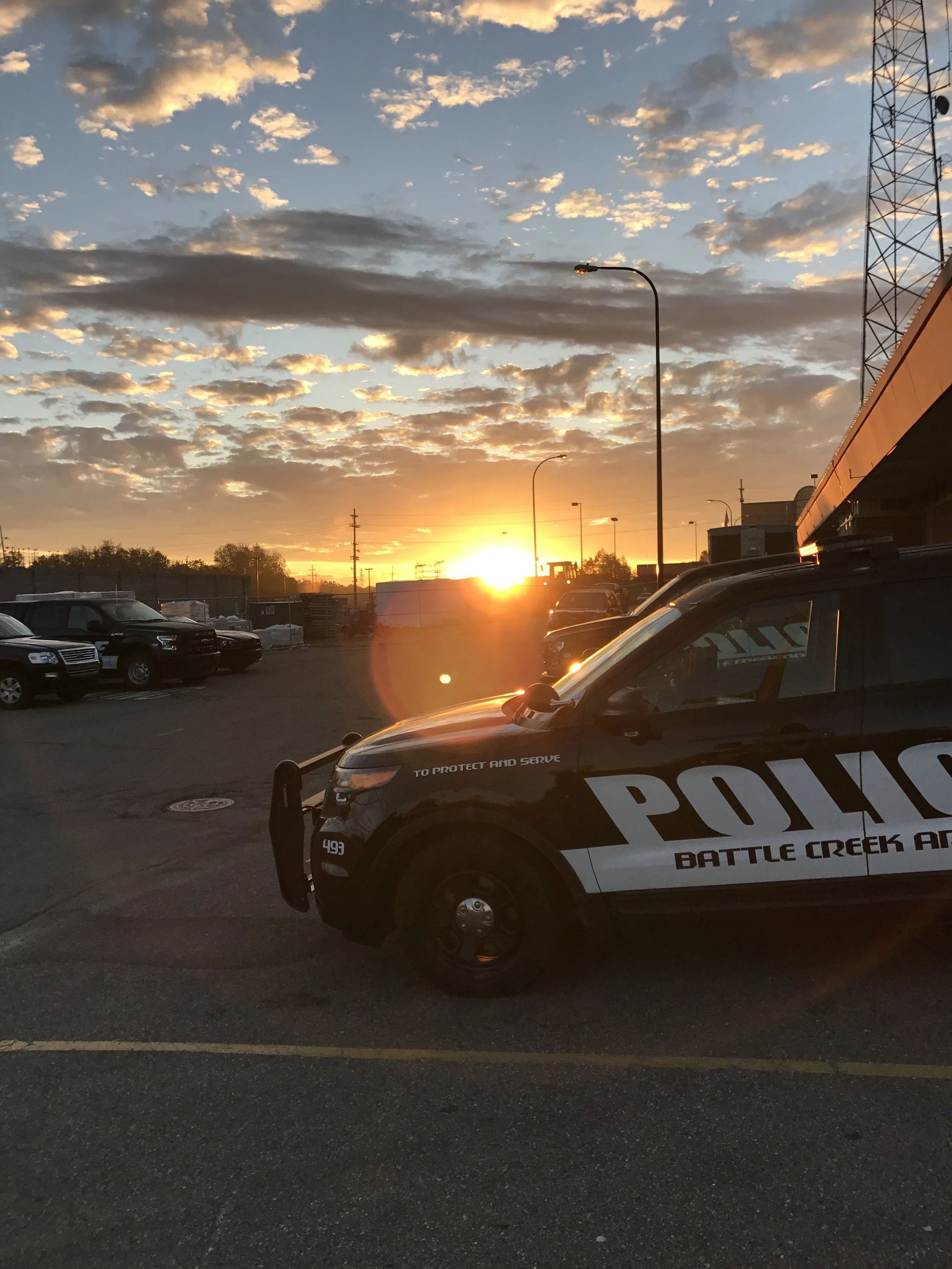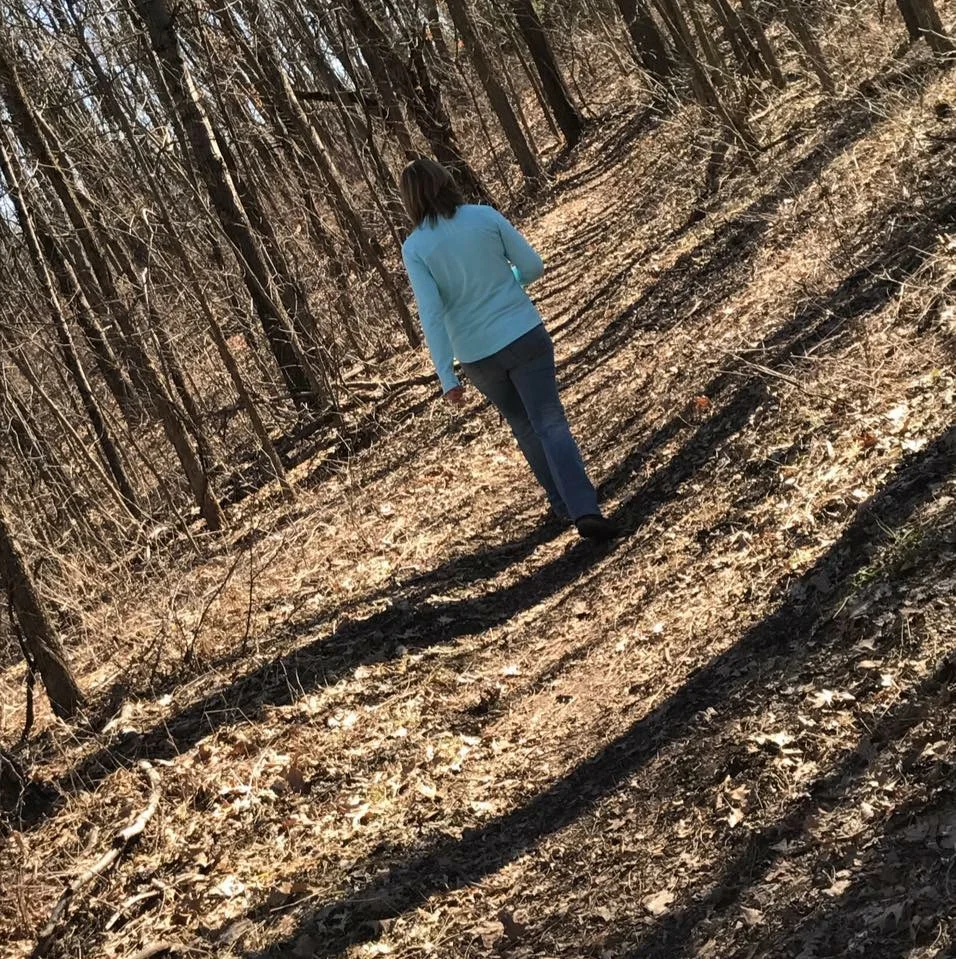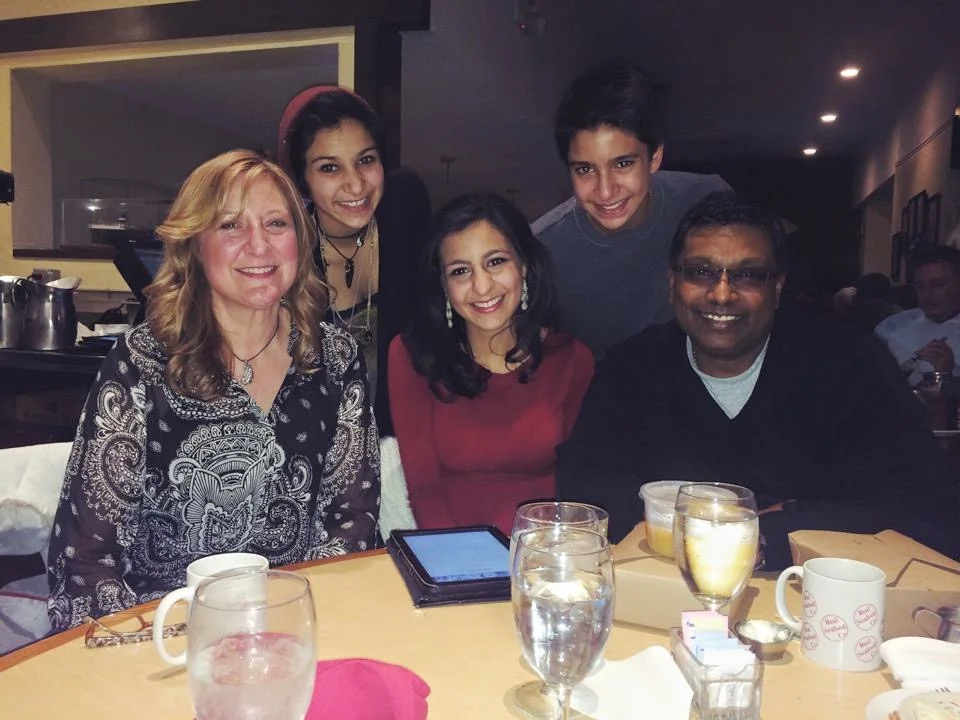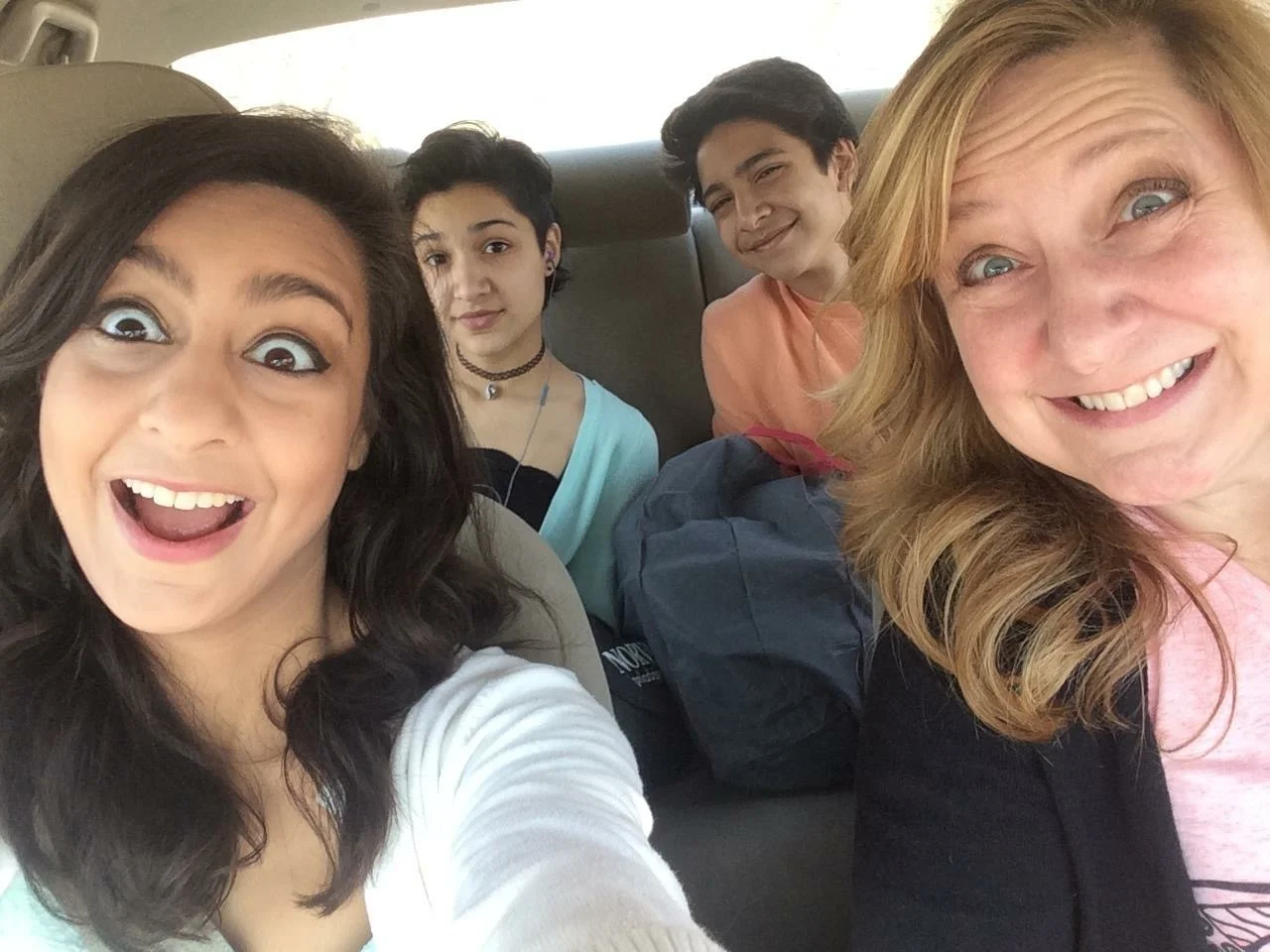Who is Michele Jayakar?
Michele Kellems Jayakar grew up in the Lakeview area of Battle Creek, a predominantly white neighborhood. Her parents divorced when she was 6 and she was raised by her mother. She met her first husband, who is ethnically Indian, in Ann Arbor in college and they got married shortly after. Michele attended Cleary University for Business Management and Marketing. She was the owner/operator of Airline Pilot Career Inst. Inc. and PLATO testing center in Corpus Christi, Texas. She has three children with her first husband. They raised their children in Ann Arbor until divorcing in 2010. Their oldest daughter went to the University of Michigan that year and Michele moved back to Battle Creek and to raise the two youngest. Michele works as an administrator in the Battle Creek Police Department where she's learned basic ASL (American Sign Language). Michele is now in a happy relationship with a man who is ethnically Chinese. She has a blog about her life in a domestically violent relationship and recently spoke at Kellogg Community College. She enjoys hiking, cooking and dancing. With her children’s’ success Michele is looking forward to traveling with the love of her live.
Excerpt from interview with Michele Jayakar by Whitney Dow, 2017
Q: And what were your expectations? Were you fearful about what it was going to be like to have children that didn’t look like you? Knowing about the universe that you grew up in, where was—what—how did—what do you think about—what did you think was sort of coming down the pike as—when you started—when you got pregnant the first time?
Jayakar: [15:51:27] I think any time you’re pregnant, any time a woman gets pregnant, you worry about, you know, the world you’re bringing your kids into. But when you are—know you’re bringing in a kid, a child of mixed race, it’s a whole new barrel of monkeys. You worry about their safety, about them going to school, about them being on the street, you know, being out at night. My daughter is at Columbia [University], walking around, you know, New York. I worry about people calling them terrorists and all sorts of other things. The world’s a scary place, and it’s scary enough for a white person. I can’t imagine what it’s like to walk around and not see people that are like you. You know, there’s not a whole huge population of half-Indian, half-white, you know, people walking around the Earth. And so, it’s very hard for my daughter or my children, at all, to—I think, identify with, because there isn’t one group to identify with. They have to split their identity, and that has to be very, very challenging.
Q: Well, what do they say to you about it?
Jayakar: [15:52:47] We have numerous conversations. You know, we talk about things. A lot of things I’ve heard that happened when my kids were younger, I didn’t hear about until they became adults. I think they wanted to protect me, too. They didn’t want to tell me they were going through all these horrible things, because I can’t, you know, really do anything about them. I mean, if your kid’s getting teased at school, you really can’t—as a parent, you’re not going to make it better by going to the school and saying, “Don’t tease my kid.” You know, you can give your kid the tools to hopefully deal with those things, but it’s difficult for me to give my daughter tools when she’s dealing with something that I’m not really aware of. I don’t know how it feels to be of mixed race in her generation, and the things that she’s getting teased about. I don’t know how to tell her to deal with those things.
Q: Can you tell me about any of the experiences that you had, personally, that you remember that really stick in your head about when you—when your children were young?
Jayakar: [15:54:01] Well, in West Bloomfield, being asked if I’m the nanny. And then, there was a time where I took our neighbor daughter, neighbor girl, and my daughter—they’re best friends—to a store. And she’s, like, “Your daughter’s so beautiful.” And I looked on the left at my daughter and said, “Thank you.” And she’s, like, “No, that’s your daughter. The blonde-haired white girl.” And I looked and I said, “No, that’s the neighbor. This is my daughter, for real.” You know, have to stand up. “No, this is really my daughter.” And the thing is, my daughter looks just like me, but she has brown hair and brown skin, you know? But she looks like me. She has my mannerisms. So, some people can see it and some people see color.
Interview Transcript
Participant-Submitted Photos
